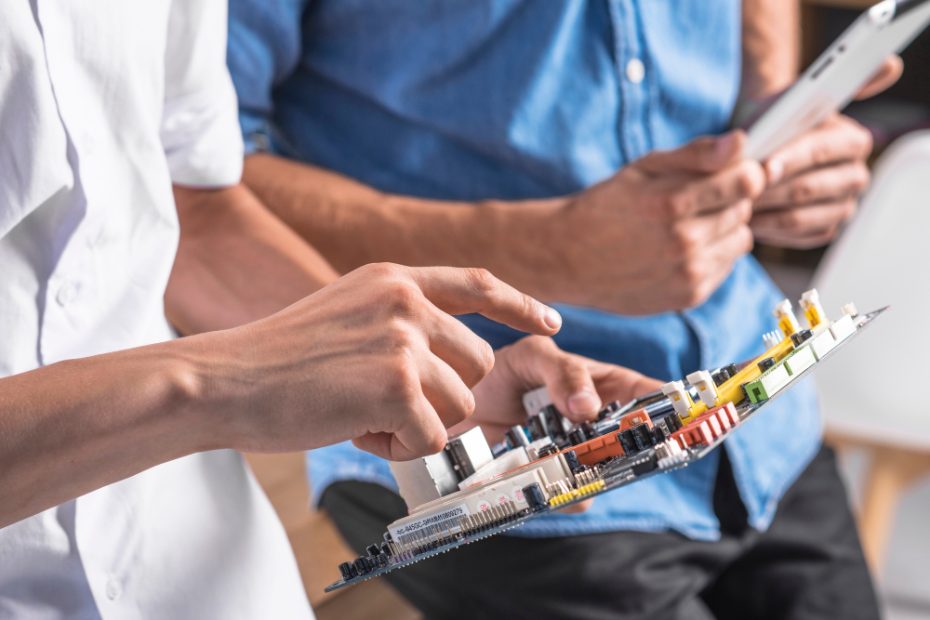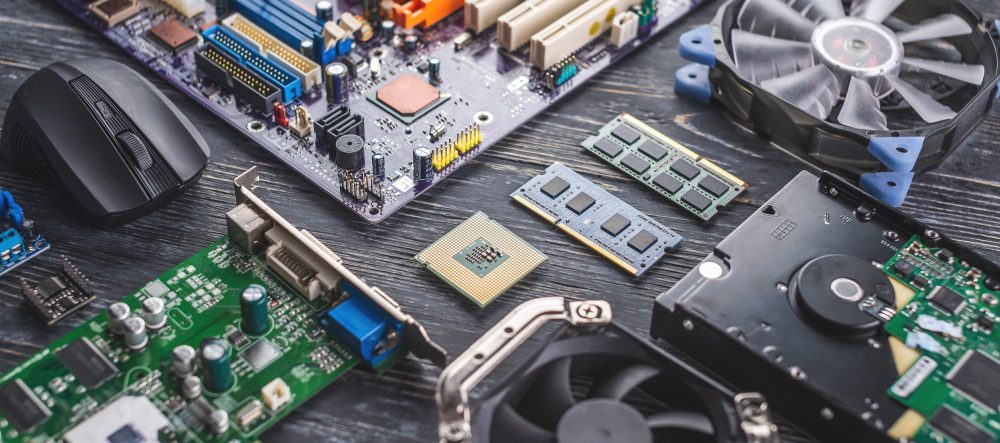Are Motherboard Drivers Important?
When it comes to building or upgrading a computer, one of the most crucial components is the motherboard. The motherboard acts as the central hub that connects all the other hardware components together. Without the necessary drivers, the motherboard cannot communicate effectively with these components, leading to various issues and limitations. Therefore, installing and keeping up-to-date motherboard drivers is of utmost importance for optimal performance and functionality.
The Role of Motherboard Drivers
Motherboard drivers are software programs that enable communication between the operating system and the various hardware components on the motherboard, such as the chipset, audio and network controllers, USB ports, and more. These drivers act as intermediaries, allowing the motherboard and its components to work harmoniously with the rest of the computer system.
Without proper drivers, the operating system would not be able to recognize and utilize the full capabilities of the motherboard and its components. This can result in limited functionality, decreased overall performance, and even hardware malfunctions. Therefore, it is essential to install the correct drivers specific to your motherboard model to ensure optimal performance and stability.
The Benefits of Installing Motherboard Drivers
Installing motherboard drivers offers several significant benefits for computer systems:
- Improved Stability: By having the correct drivers installed, you can enhance the stability of your system. The drivers help resolve conflicts, compatibility issues, and bugs that may arise between the motherboard and other hardware components.
- Enhanced Performance: Properly functioning motherboard drivers optimize the performance of the hardware components. The drivers ensure that data is transferred efficiently and accurately, maximizing the potential speed and responsiveness of your system.
- Expanded Functionality: The motherboard drivers enable all the features and functions of the motherboard and its components to be utilized by the operating system. This includes accessing specific ports, utilizing advanced audio or network capabilities, and more.
- Compatibility: Newer hardware components may require updated drivers to be compatible with the motherboard. By regularly updating your motherboard drivers, you can ensure seamless compatibility between different hardware components, preventing any potential issues.
The Importance of Keeping Motherboard Drivers Up-to-Date
While installing motherboard drivers is vital, it is equally important to keep them up-to-date. Manufacturers regularly release driver updates to address bugs, security vulnerabilities, and improve performance. Updating your drivers can provide several advantages:
- Bug Fixes: Driver updates often include fixes for known bugs and glitches that may affect the stability or functionality of your system.
- Security Patches: Outdated drivers can pose security risks, as they may contain vulnerabilities that malicious entities can exploit. Regular updates ensure that these vulnerabilities are patched, keeping your system secure.
- Performance Enhancements: Manufacturers continually work on optimizing their hardware components. Driver updates can unlock additional performance improvements, ensuring your system operates at its best.
- New Features: Updated drivers sometimes introduce new features or functionalities that were not present in the previous versions.
Updating your motherboard drivers is an essential part of maintaining a stable, secure, and high-performing computer system.
How to Install and Update Motherboard Drivers
The process of installing and updating motherboard drivers usually involves the following steps:
- Identify Your Motherboard Model: Refer to your motherboard’s manual or manufacturer’s website to determine the exact model of your motherboard.
- Visit the Manufacturer’s Website: Go to the manufacturer’s official website and navigate to the support or downloads section.
- Locate the Drivers: Look for the driver downloads specific to your motherboard model and the operating system you are using.
- Download and Install: Download the latest drivers for your motherboard and follow the installation instructions provided by the manufacturer.
- Regularly Check for Updates: Periodically visit the manufacturer’s website to check for updated drivers and install them as needed.
In Conclusion
Motherboard drivers play a critical role in ensuring the smooth operation, stability, and performance of your computer system. They facilitate communication between the motherboard and other hardware components, allowing for optimal functionality and compatibility. Regularly installing and updating motherboard drivers is essential for maximizing your system’s potential and ensuring a secure computing experience.



